Oils 101: The best oils for cooking — and which to avoid

Our team is dedicated to finding and telling you more about the products and deals we love. If you love them too and decide to purchase through the links below, we may receive a commission. Pricing and availability are subject to change.
Adriana Urbina is an In The Know cooking contributor. Follow her on Instagram and visit her website for more.
From frying to baking to sautéing to drizzling, cooking oils are used for a ton of different methods of cooking and flavoring. But with so many different options, sometimes it can be overwhelming to choose which one is the right one to use for a given recipe.
That’s why I created this handy oil guide to help you navigate the crowded world of cooking and finishing oils. Learn about each of my favorite oils and how I use them, from toasted sesame to avocado, sweet coconut oil to the classic EVOO — and everything in between. Some are better for high heat cooking (like safflower or canola, my personal favorites!), while others are better for baking and homemade dressings.
Low Heat Resistant Oils:
Extra Virgin Olive Oil
EVOO must be cold-pressed mechanically — and without the use of chemicals — to be considered virgin. Depending on the variety of the oil used, the oil’s color can range from yellow gold to deep green. Add it into dressings, use it for low-temperature sautéing, or put it on salads, veggies or just did some bread into it.
La Española 100% Extra Virgin Olive Oil, $7.45
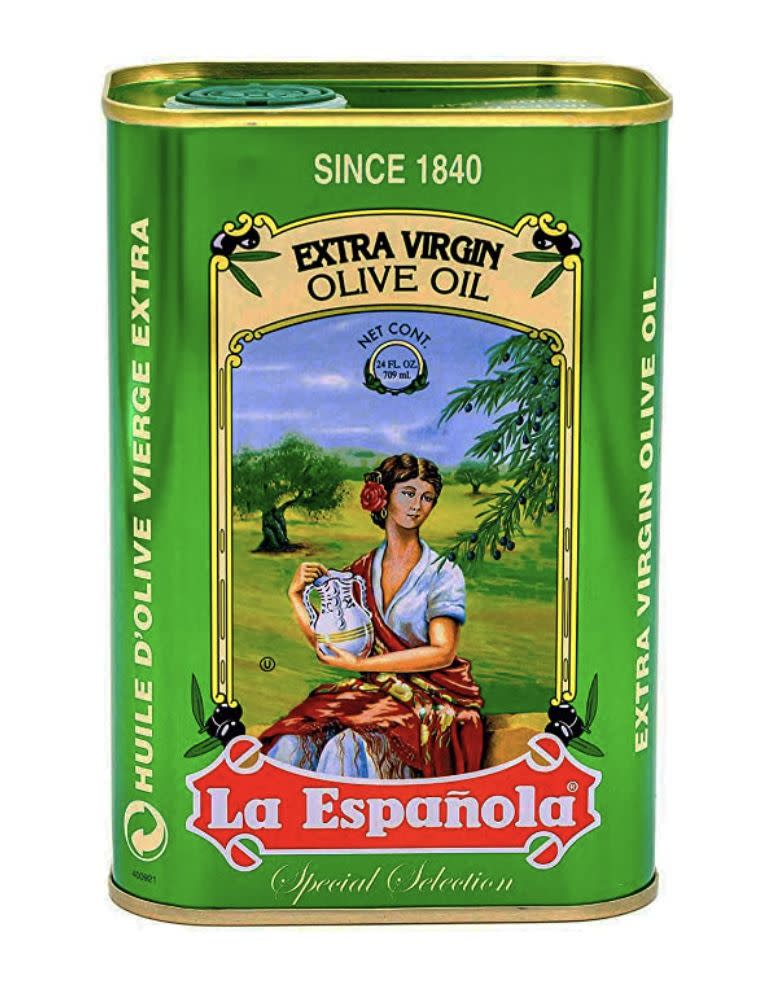
Coconut Oil
Coconut oils are extracted from dried coconut meat and solid at room temp. With a lower smoke point, use it for quick-cooking at lower temperatures or for adding to baked goods and smoothies for extra creaminess, a subtle tropical flavor and a boost of healthy fats.
365 Everyday Organic Virgin Coconut Oil, $6.69
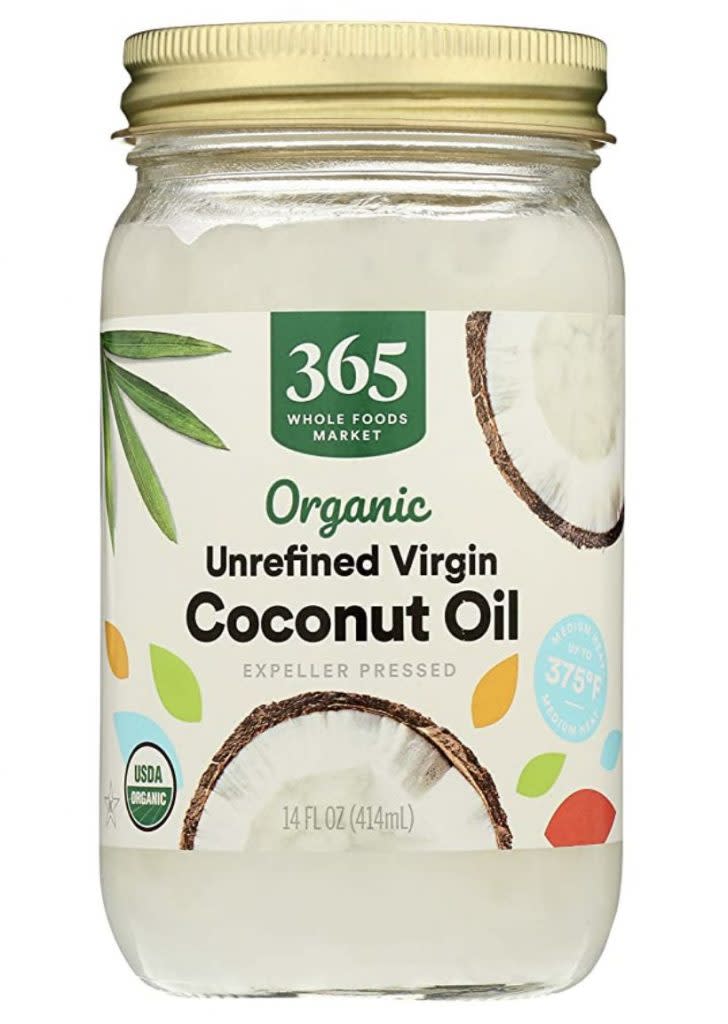
Sesame Oil
If you’re looking for all-purpose cooking oil, reach for non-toasted sesame oil since it has a naturally neutral flavor. To add a rich nutty flavor to dishes like stir-fries or if you’re crafting a strong sesame flavored dressing, use the toasted variety.
Kadoya Pure Sesame Oil, $6.99
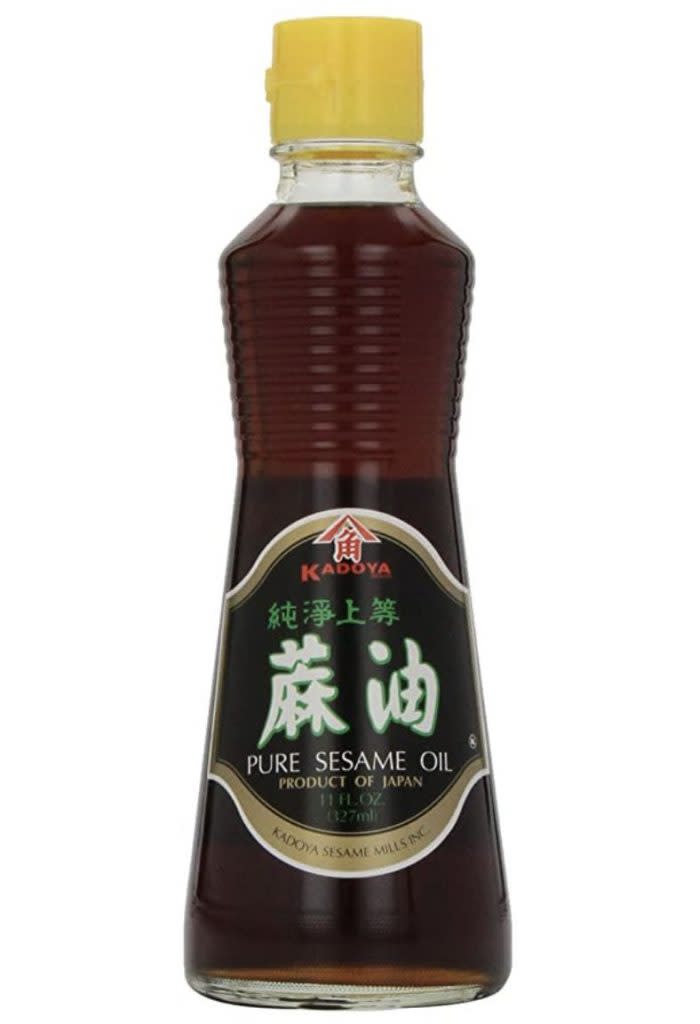
High Smoke Point Oils
Safflower Oil
Safflower cooking oil is the edible version of pressed seeds of the plant, and it’s similar in composition to vegetable oil. Be on the lookout for several varieties of neutral-flavored oil: regular, which has a high polyunsaturated fat content that helps it remain liquid at cold temps and is ideal for dressings, and the high-oleic varieties, which are better for high-temp cooking, like deep frying and roasting. Safflower oil is also a rich source of unsaturated fatty acids, and it has a neutral flavor that pairs well with many dishes and cuisines.
Spectrum High Heat Safflower Oil, $6.99
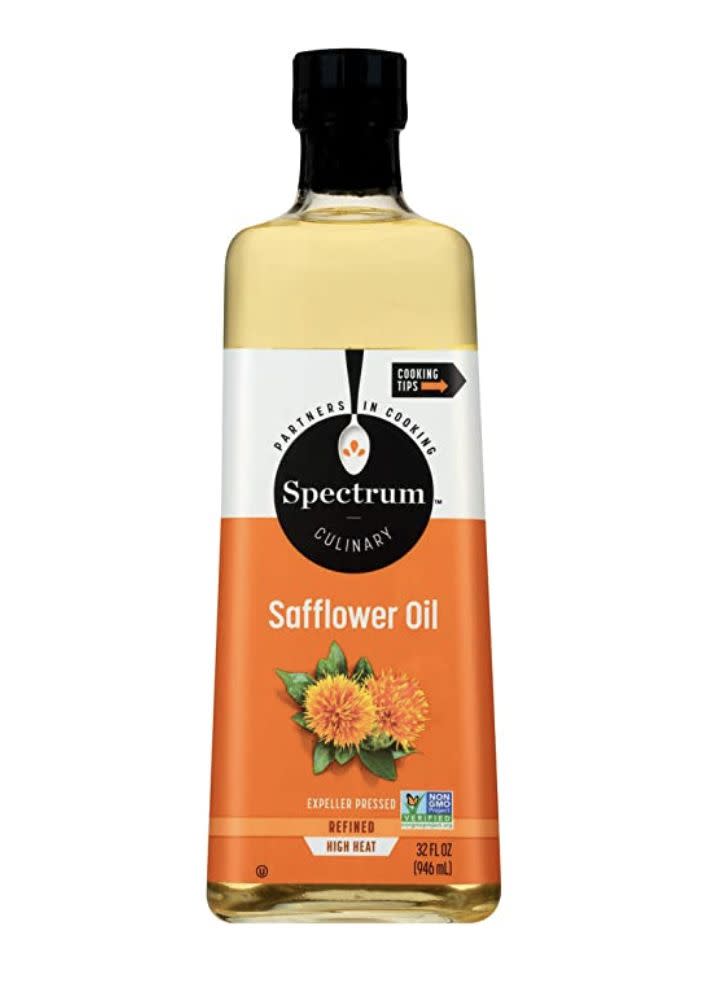
Vegetable Oil
Vegetable oil can be made from any different oils, including soybean, corn, safflower and more. It’s a staple in baking because of its neutral flavor and goes well in cooked dishes where you don’t want to mask the flavor of the ingredients.
365 by Whole Foods Market Vegetable Oil, $2.99
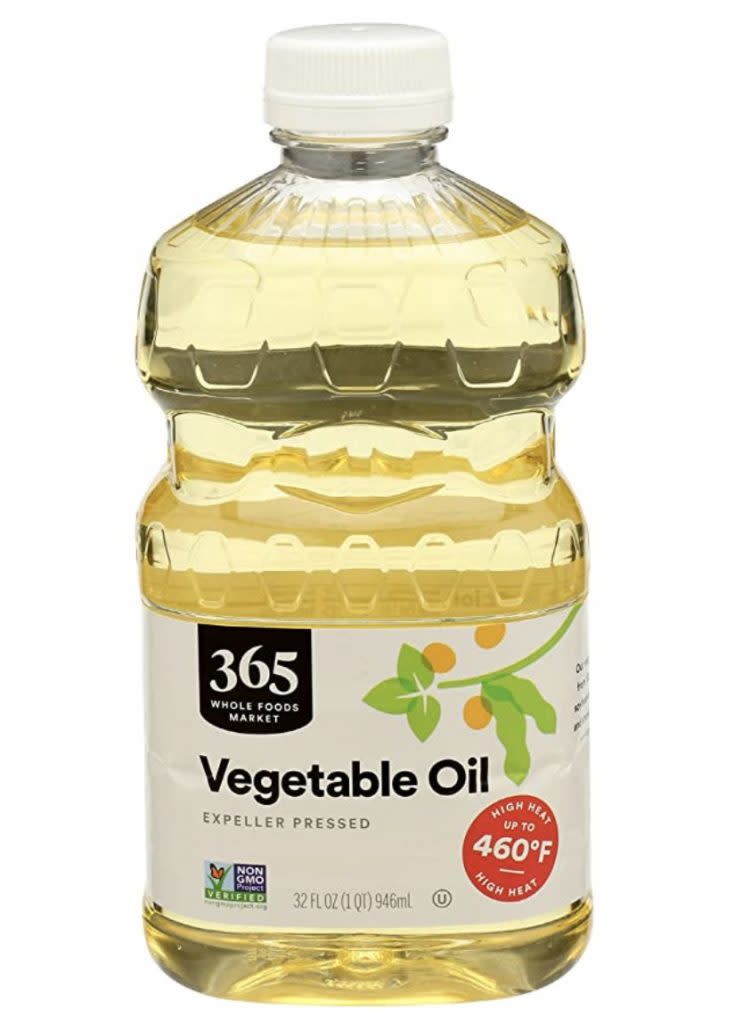
Canola Oil
Canola oil is made from pressed rapeseed and can handle high heat, so it’s usually a go-to for deep frying. Plus, it has a mild flavor that gives it a wide range of use. Use it for sautéing, baking and frying, but skip it for dressings and sauces since it doesn’t add much flavor.
Spectrum Organic Canola Oil, $21.99
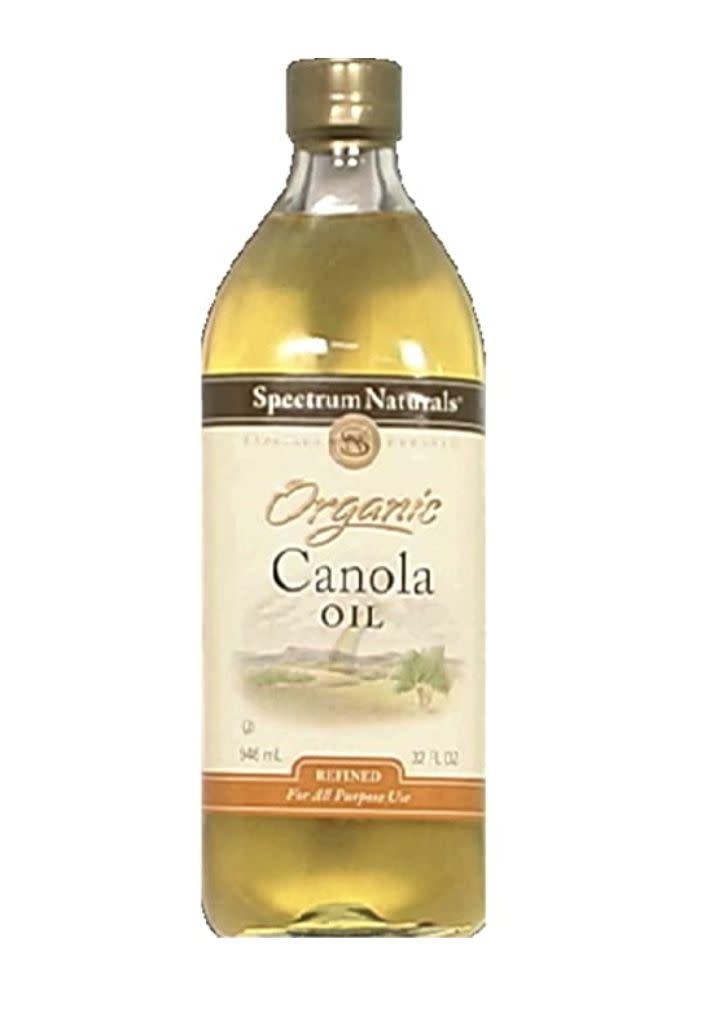
Sunflower Oil
This neutral-flavored oil is made from (you guessed it!) sunflower seeds. Like the seed itself, it’s high in vitamins and minerals. Its higher smoke point makes it a great choice for roasting and frying. It can go rancid very quickly, so be sure to store it in a cool, dry place.
La Tourangelle Organic High Heat Sunflower Oil, $9.99
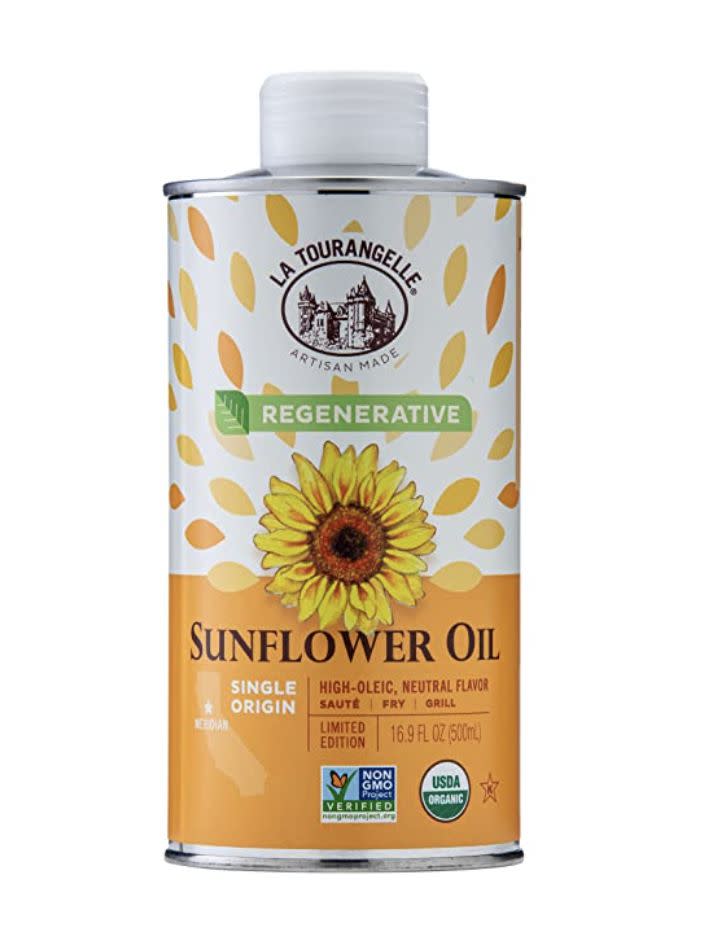
Avocado Oil
With one of the highest smoke points of any of these oils, this deserves a spot in your pantry. Beyond high-temp cooking like roasting and searing, it’s also great for adding avocado-y flavor to dressings.
Trader Joe’s Virgin Cold Pressed Avocado Oil, $5.99
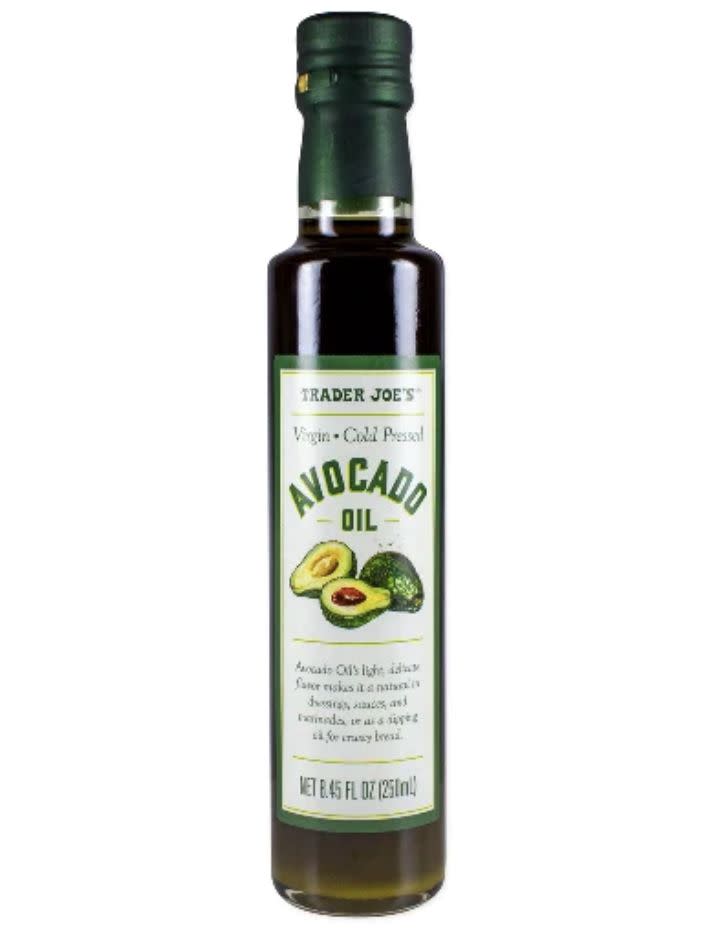
Discarding and Storing Oil
Never discard used cooking oils down your kitchen drain. The best way to do it is to pour the oil into a glass jar and wait until it cools down, cover it with a lid and discard it with the rest of your garbage.
Store in a dark, dry place, such as your pantry or cabinets.
If you enjoyed this story, check out Adriana Urbina’s 4 quick recipes around one ingredient: Watermelon!
More from In The Know:
Is this $80, “ultraviolet” phone cleaner worth the price?
7 flirty tops that are perfect for a first date
Heading back to the office? Shop 5 work-ready dresses for under $30
The best women’s sandals for walking that won’t give you blisters
The post Oils 101: The best oils for cooking — and which to avoid appeared first on In The Know.

 Yahoo Finance
Yahoo Finance 